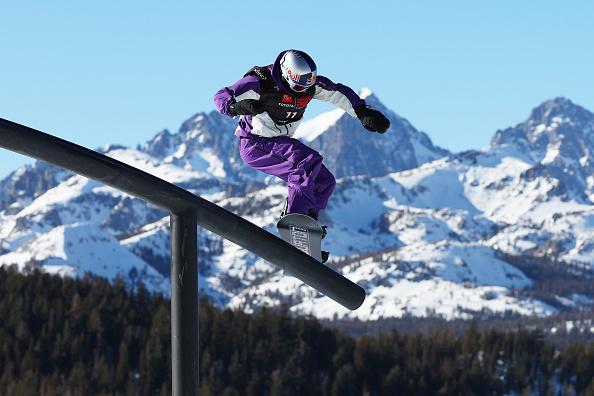I’ll bet there are many Winter Olympic athletes who use cupping, but they may be hard to find. We notice cupping more often in the Summer Olympic Games – no surprise – because the athletes wear very skimpy uniforms instead of heavy parkas and snow pants. Several Olympic swimmers have displayed the round, colorful marks during their competitions.
The most popular Olympic swimmer to sport purple cupping marks is Micheal Phelps. In 2016, Time Magazine published an article titled “Why Michael Phelps Is Gaga for Cupping.” Phelps told TIME, “I’ve done cupping for a while before meets. But I haven’t had a bruise like this for a while. I asked for a little help yesterday because I was a little sore and I was training hard.” In 2016, Michael Phelps won 6 more medals to become the most decorated Olympian of all time.





